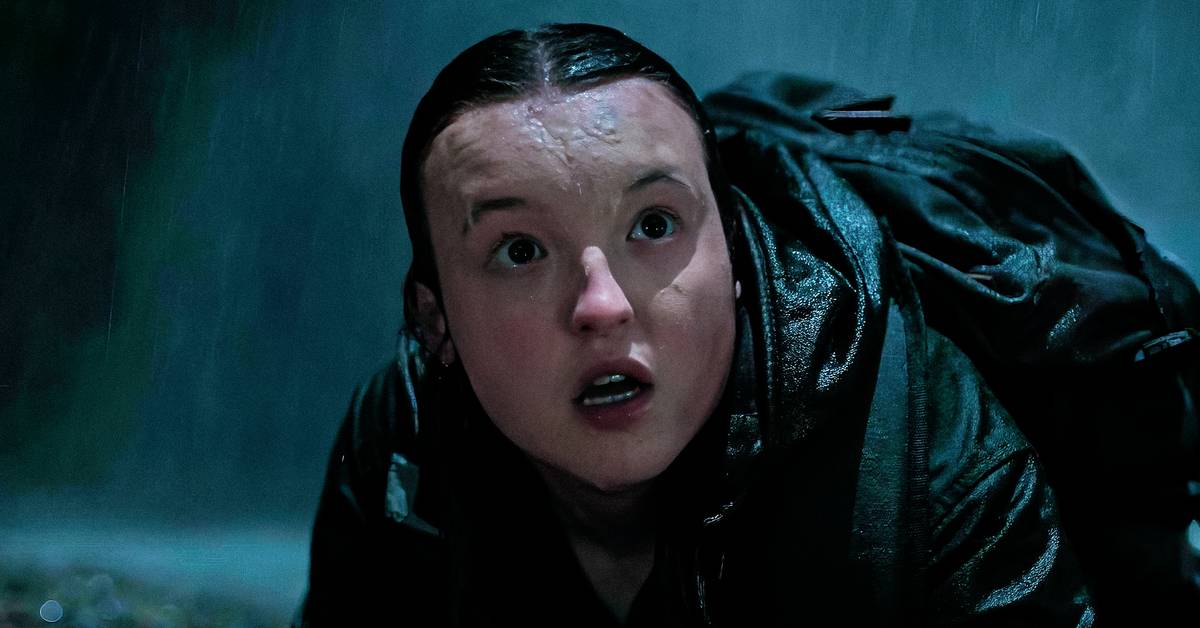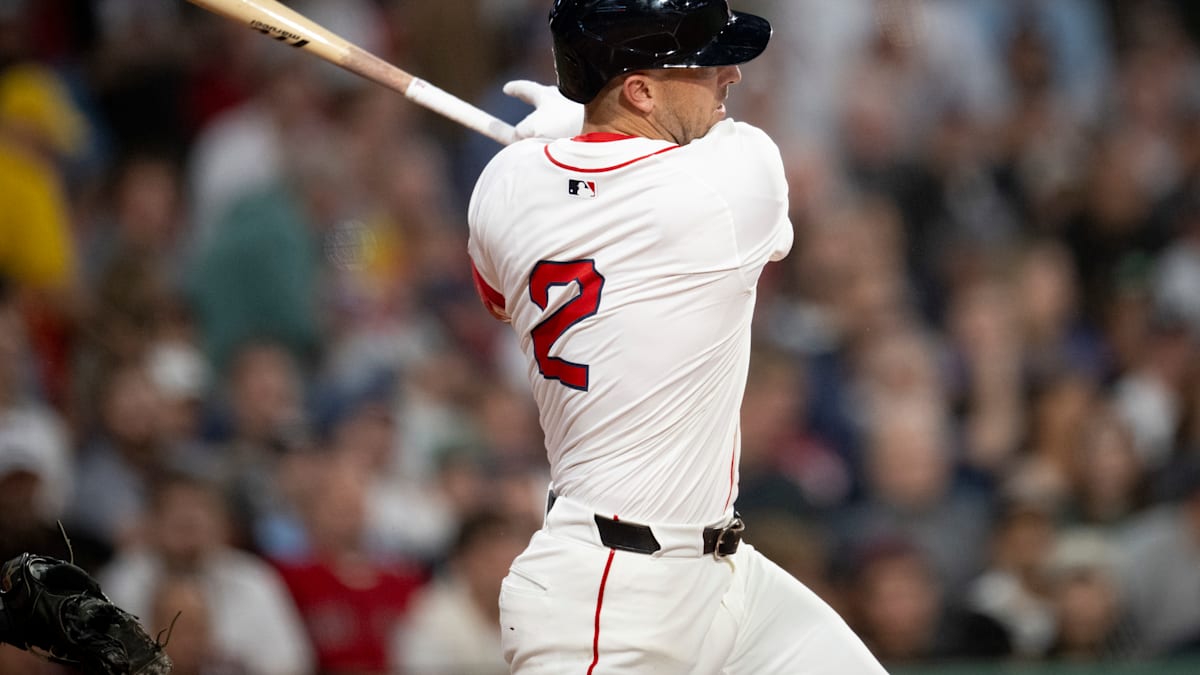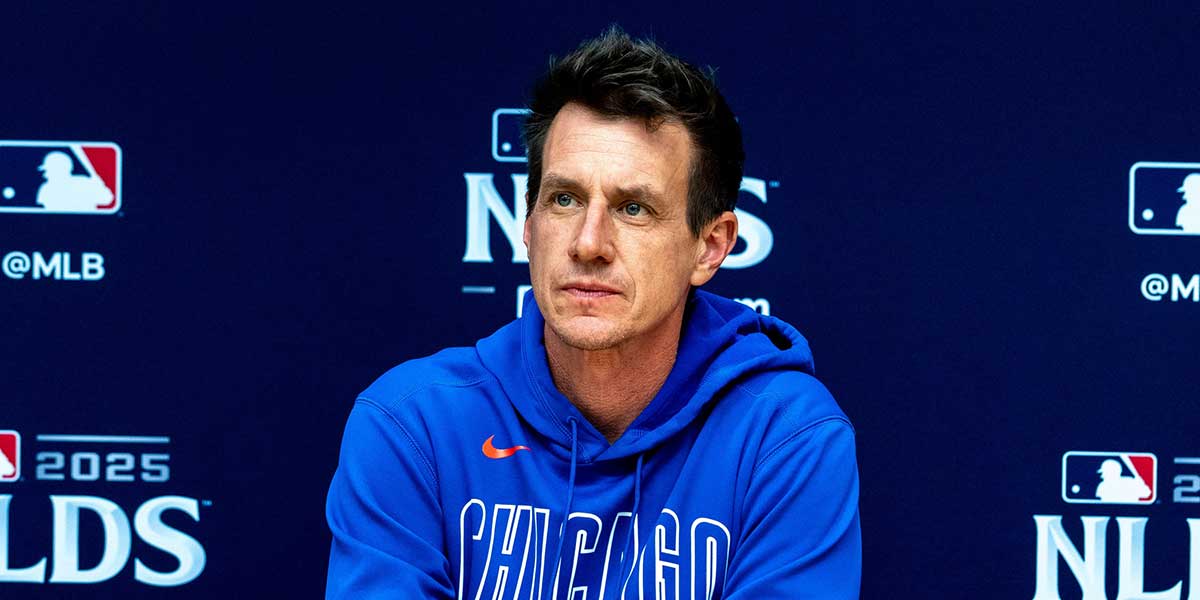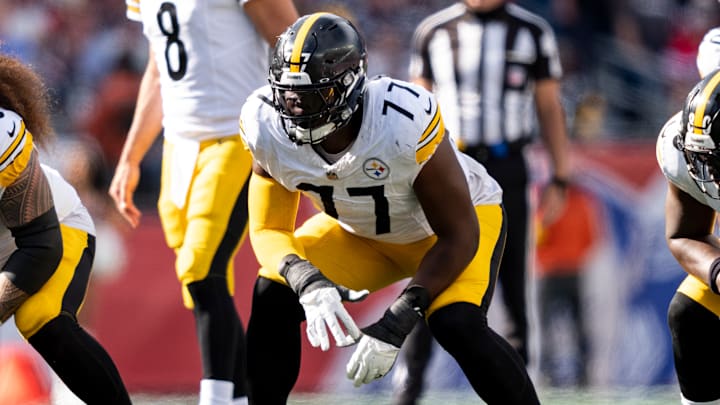The Yankees should stay far away from next star Japanese free agent
It’s no secret that the New York Yankees are usually at the center of conversations when top Japanese stars become available. From Shohei Ohtani to Yoshinobu Yamamoto, their name always seems to pop up, even if those pursuits often end with the player landing elsewhere. This winter, the latest name drawing attention is Munetaka Murakami, a left-handed power bat from Japan who could make the jump to the majors.
The interest makes sense on the surface. Murakami’s offensive production in Japan is impossible to ignore, but the Yankees’ current roster construction — and his defensive limitations — suggest this might be one of those times when they sit out the sweepstakes.

Murakami’s profile is built on power
Murakami, 25, spent this past season splitting time between the Yakult Swallows’ Central League and Eastern League teams. In 69 total games, he hit .286 with a .392 on-base percentage and a .659 slugging rate. His 24 home runs and 1.051 OPS highlight the kind of game-changing pop that made him one of Japan’s premier hitters.
He’s a pure power threat who can change the score with one swing, but he also strikes out often — a concern for any team evaluating how his approach might translate against major league pitching. History shows that even Japan’s best hitters need time to adjust to MLB velocity and breaking pitches, and Murakami’s aggressive style might magnify that challenge early on.
Defensively, Murakami’s profile is less convincing. He played 63 games at third base this past season, though most evaluators view him as an average, if not below-average, fielder. That’s where the Yankees’ fit issues begin to surface.
The Yankees already have their left-handed corner infield bat
The Yankees addressed third base at the trade deadline when they acquired Ryan McMahon, who not only hits left-handed but also brings Gold Glove-level defense. McMahon’s arrival effectively closed the door on any future investment in a player like Murakami, who would offer similar offensive upside without the same reliability in the field.
In addition, first baseman Ben Rice has emerged as a legitimate offensive contributor and appears to be part of the Yankees’ long-term plans at first base. Rice hit .255 with 26 home runs this season, providing both power and flexibility at first base and designated hitter. With Giancarlo Stanton still occupying the DH role, there isn’t a clear path for Murakami to fit into the lineup without a major roster shake-up.
A familiar story for the Yankees
There’s also the matter of preference. Murakami has previously expressed interest in playing on the West Coast, where the transition from Japan is often more comfortable due to geography and culture. Still, he has reportedly shown some intrigue in the Yankees, who continue to carry international cachet among top Japanese players.
That said, the Dodgers, Giants, Phillies, and Mets are all expected to be far more aggressive suitors. The Yankees’ history with these types of pursuits tells its own story — they usually show interest but rarely close the deal.
Timing and roster fit work against a potential move
If the Yankees had a true opening at DH, this might be a different conversation. Murakami’s bat-first profile could fit beautifully into Yankee Stadium, where his pull-heavy swing would thrive against the short right-field porch. But with Stanton still under contract and McMahon and Rice firmly in place, it’s hard to justify another left-handed corner bat.
Murakami’s talent is undeniable, and he’ll almost certainly make an impact wherever he lands. But for a Yankees team trying to balance their roster while managing payroll and positional depth, this is one Japanese star who looks destined to shine somewhere else.
Phillies had no answer as Dodgers managed their biggest weakness perfectly
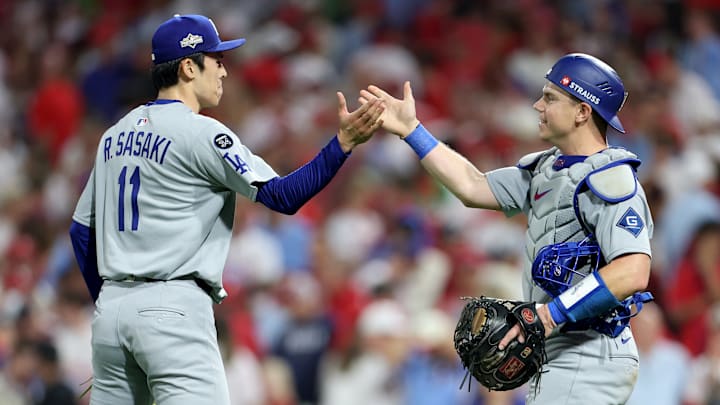
The Philadelphia Phillies had a path to win the National League Division Series before it began. The Los Angeles Dodgers came in as the defending World Series champions, but they had holes in their roster as much as anyone else. They had a leaky bullpen going into the playoffs, but you wouldn't know it with how well the Dodgers managed their bullpen throughout the four games.

The Dodgers' bullpen was the part of the roster the Phillies' offense had to get to in order to succeed. As long as the Phillies could hang in against the Dodgers' starting pitching, they'd have a chance in the later innings. The Dodgers made adjustments with a shortened playoff series and outlasted the Phillies to win the series.
Dodgers managed their bullpen to perfection in NLDS to shut down Phillies
The top of the lineup had to apply pressure for the Phillies to have a chance in the series, but they instead made the eight runs they scored in Game 3 look more like a fluke. In Game 4, the top three hitters of Trea Turner, Kyle Schwarber and Bryce Harper sang a familiar tune, going a combined 1-for-14. As a team, they only scratched across four hits total. The Dodgers' bullpen came out on top in the end.
In the regular season, the Dodgers' bullpen ranked 21st with a bullpen ERA of 4.27. Ironically enough, they finished tied with the Phillies. They also had a 10.38 ERA over the two Wild Card games against a Cincinnati Reds offense that didn't impose any substantial threat. The Dodgers learned from that and approached things differently once they played the Phillies.
The Dodgers barely used traditional relievers for the entire four-game NLDS. They leaned heavily on extra starters to get the job done, and unfortunately, it worked to perfection. The one thing that few teams in MLB can go toe-to-toe with the Dodgers on is the depth of their starting rotation.
Roki Sasaki, a rookie who sported a 4.46 ERA across 10 games (eight starts) this season, was moved to the bullpen for the playoffs. He proceeded to throw 4 1/3 shutout innings against the Phillies, including three perfect innings in the clinching Game 4.
The Dodgers also deployed Tyler Glasnow and Emmet Sheehan out of the bullpen, limiting any threat the Phillies thought they could muster late in games. The only real success the Phillies had against the Dodgers' bullpen was facing 37-year-old Clayton Kershaw when he was hung out to dry in Game 3 and against Blake Treinen, who they scored twice against in Game 2 but ultimately fell one run short of a comeback.
The beauty and agony of a short playoff series is that every moment is amplified. Every game means more, and as a result, teams manipulate their pitching staffs to minimize any weakness. The Dodgers did it well and showed the Phillies the door in another early playoff exit.

